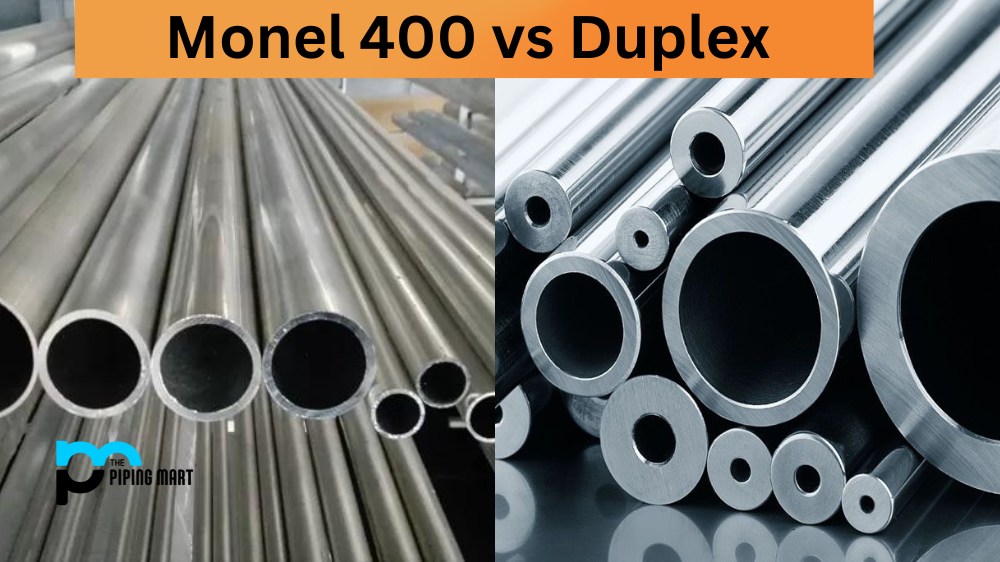When it comes to choosing the right material for your project, it can be overwhelming with the vast amount of options available in the market. One such comparison that is often debated is between molybdenum and stainless steel. Both materials have unique characteristics and advantages, but what sets one above the other? This blog post will explore the differences in properties, applications, and costs, so you can decide which option is better.
Difference Between Molybdenum and Stainless Steel
Properties
Molybdenum and stainless steel differ in chemical composition, significantly impacting their properties. Molybdenum is an element that has high strength, is corrosion-resistant, and has excellent thermal conductivity, making it an ideal choice for heat-resistant materials, such as furnace components, rocket nozzles, and electrical contacts. On the other hand, stainless steel has a high level of corrosion resistance, and it’s alloyed with metals such as chromium, nickel, and molybdenum, which enhances its strength, durability, and weldability. It’s used in many industries, including food and beverage, automotive, construction, and medical.
Applications
The applications of molybdenum and stainless steel are quite different. Molybdenum is used in high-temperature applications, such as furnace components, gas turbines, and rocket nozzles, providing excellent strength and heat resistance. In contrast, stainless steel’s corrosion-resistant properties mean it’s perfect for applications where metal is exposed to moisture, such as kitchen utensils, medical devices, chemical processing equipment, and automotive parts exposed to salt, like exhaust systems.
Cost
The cost of molybdenum and stainless steel is another major consideration. Molybdenum is a rare element, which means it’s more expensive than most metals. Typically, it’s used in small quantities, mainly in high-performance applications where its properties are indispensable. On the other hand, stainless steel is widely available and not as expensive. It’s often the more economical option for everyday applications, making it popular in many industries.
Durability
Durability is a crucial factor to consider when choosing between molybdenum and stainless steel. Molybdenum has excellent corrosion resistance, but its high strength makes it more susceptible to brittle failure. It’s best suited for applications with critical high-temperature resistance but not high-impact resistance. On the other hand, stainless steel has good resistance to wear, impact, and fatigue, making it a good option for applications that experience mechanical stress.
Conclusion
In conclusion, choosing between molybdenum and stainless steel will depend on what you need for your project. If you require a material that can withstand high temperatures and provide great thermal conductivity, then molybdenum would be an excellent choice. But if you need a material that is resistant to corrosion and can handle mechanical stress, stainless steel would be the ideal option. It’s essential to consider the cost and application of the material before deciding. Hopefully, this blog post has given you a better understanding of the differences between the two materials so that you can make an informed choice for your project.

Meet Bhavesh, a seasoned blogger with a wealth of knowledge and experience. From metal products manufacturing to retail, Bhavesh has a diverse background in various industries and is dedicated to sharing his insights and expertise with readers.




